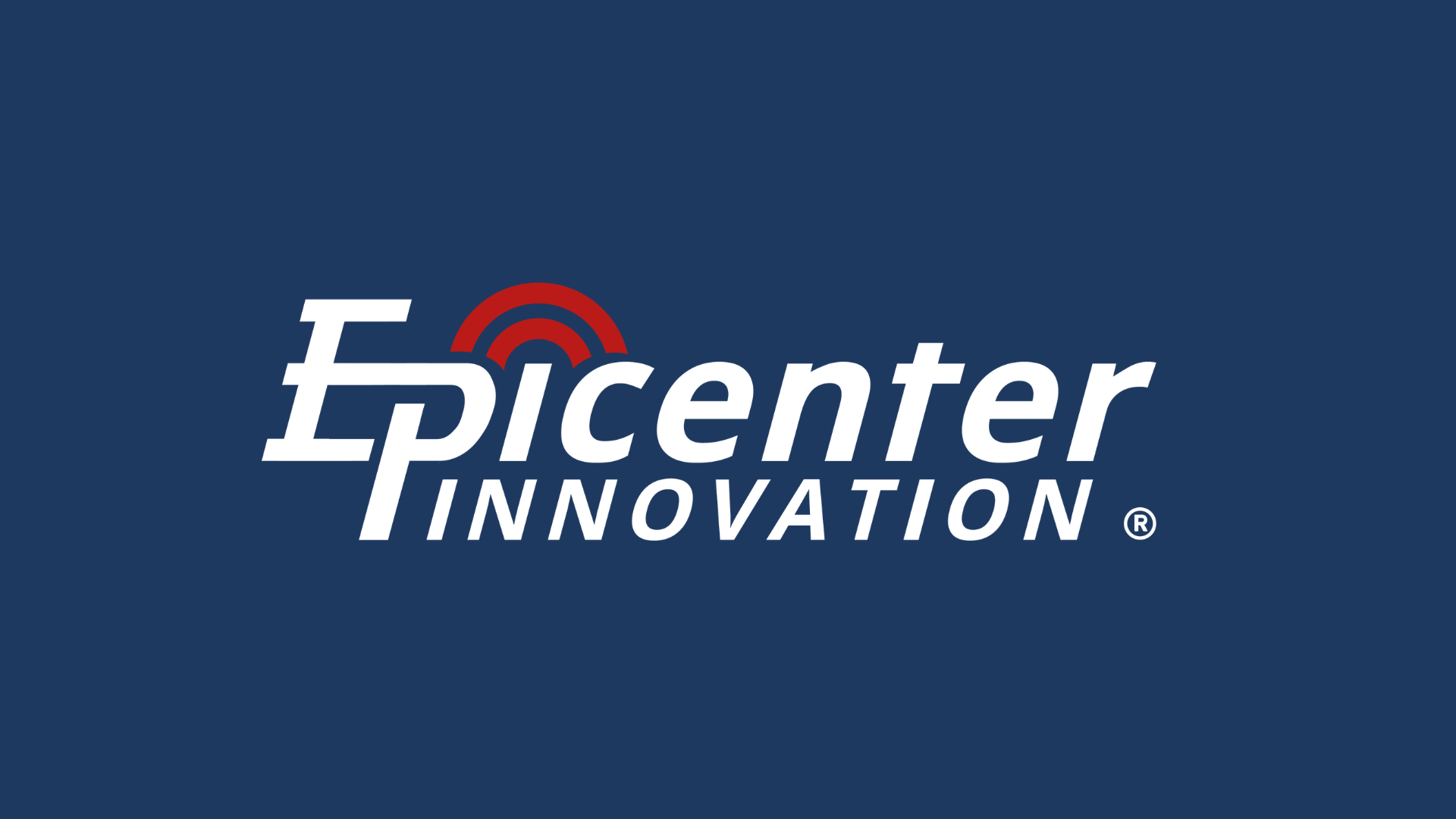SMEM 101: How to Succeed with Limited Resources
Tips for SMEM Implementation 101
This piece was written in light of a recent collaboration between Epicenter Innovation and CEDR Digital Corps, a volunteer-run 501(c)(3) nonprofit organization. Content was developed by Melissa Swenson, President of CEDR Digital Corps.
If you’re in emergency management, then you know all about the importance of utilizing social media in moments of crisis. And while platforms are plenty (and the majority are free), using social media can be tricky, especially if you’ve got limited resources. We’ve got some quick, easy, and proven tips to help you and your agency’s SMEM succeed so that you can continue keeping your communities safe.
Getting Started
Writing & Communicating the Plan
This one might seem obvious, but writing a social media strategy into your plan can be a huge help so that when an emergency happens, you’ll be prepared to communicate effectively with your audience. Part of writing SMEM into your plan requires you to answer some common questions:
- What social media platforms will you use?
- What social media accounts will be utilized during an emergency?
- Who will be posting information on social media?
- Who is providing information to post on social media?
- How will you ensure continuous communication throughout the incident?
- What languages will information be shared in?
Answering these questions with as much detail as possible will help you effectively manage communication during a crisis.
Reaching the Whole Community & Learning More About Them
Answering the questions above might require some additional research. Remember: you’re giving information to protect the community you serve. Meeting them where they are might help determine some of your plan.
To help you learn more about your community, check out some demographic information about the area. This should give you an idea of the age range of your community as well as what languages might be prevalent in the area.
In terms of determining which platforms to use, this resource helps determine what social media your community might already be using. Check it out!
Staffing your Social Media
If you’re working with limited resources, it’s very possible that you’re the only person on your team. If implementing an SMEM plan is overwhelming to you, there are external resources that can aid in staffing so that you can keep your community safe while protecting yourself and your health.
- Larger partner agencies might be available to offer services for those looking for more support. Be sure to ask and train personnel from these organizations in the event you utilize their expertise during an emergency.
- Asking a VOST to help with social media and other public information duties can also be a great option for those with limited resources.
- Finally, volunteer organizations like CEDR Digital Corps can provide SMEM support as well.
Communicating the Plan
Once you’ve made your plan, it’s time to communicate it to your audience. Tell your residents where and how they can receive information during an incident. Provide them with links to alert sign up, social media pages, and a list of local newspapers, TV, and radio stations where the information will be available.
Executing the Plan
Plan vs. Reality
“The best laid plans…” We all know the old saying. Even when you plan, emergencies are unpredictable, and sometimes, things don’t go the way we want them to. Oftentimes, juggling multiple platforms between multiple agencies opens up the opportunity for confusion. While we’ll never perfectly manage information during every crisis, here are some tips to increasing understanding:
1. Delegate effectively
Streamlining where the community needs to go for information can be a game changer. When writing your plan, consider all of the agencies you could collaborate with. Communicate with those agencies to determine if you should create a collaborative social media channel or if re-sharing posts is the best way to communicate with your residents.
2. Communicate Transitions
There might come a time during your delegation where you decide in real time that one agency should carry the torch moving forward. In order to mitigate confusion when you stop re-sharing their posts, be sure to alert your audience to follow the agency in charge moving forward. CEDR Digital Corps calls this decision “the hop,” and it can lead to serious consequences if not managed properly.
3. Tie Back to the Source
Re-sharing is a great strategy when trying to amplify information to get to as many people as possible. But if shared enough times, some information might lose its credibility due to delays and changing circumstances. Always be sure to tie shares and posts back to the original source. Providing that context can help your residents absorb information much more quickly and effectively.
4. Use Timestamps
Sometimes, you might find it’s appropriate to update one post with real time information. This can be great for keeping information consolidated in one place, but if the updates aren’t timestamped, there’s no way for your residents to know what information is most relevant. When updating posts, always include days and times so that everyone has the most up-to-date information.
5. Treat Residents with Respect
The golden rule might seem obvious, but in states of emergency, emotions are often running high. While it’s important to protect yourself and your health during emergencies, it’s vital to maintain a good relationship with your residents. Remember: you know more than your residents do, so some information might take more explaining than others. Respect your residents and they’ll respect you.
For folks in smaller OEMs or with fewer resources than larger counties or institutions, implementing consistent SMEM might seem overwhelming. But knowing your audience and knowing what resources you do have available to you can make all the difference. Effective communication is vital to keeping your communities safe, and utilizing social media can make all the difference

About Epicenter INNOVATION
Epicenter Innovation® is an award-winning professional services firm driven by human-centered, resilience-focused innovation. Our team is here to help you implement a proven framework for creating impact & unlocking the potential of your people.
We’re the connective tissue between organizations that produce technology and those in the field using it. By working on both sides of the public/private-sector divide, we serve as translators & change-makers at all phases of the disaster management lifecycle – driving human-centered, resilience-focused innovation before, during, and after major incidents.
How Can We Help Your Organization?
Book a Call With the Epicenter Innovation Team
Read More
Top 10 Tips to Increase Personal Resilience
Inrceasing your resilience shouldn't be hard, but where do you start? We've got some easy ways to get you going on your resilience journey.
Top 10 Tips for Making Your Team More Innovative
Innovation is vital to having your work make an impact, but it shouldn't be hard. These ten easy tips will help foster an innovation culture for your team to thrive.
Exploring Innovation in Resilience-Building Practices
We've known for a while that resilience and innovation go hand-in-hand. But how? Learn in this short article.


